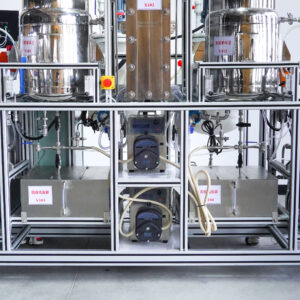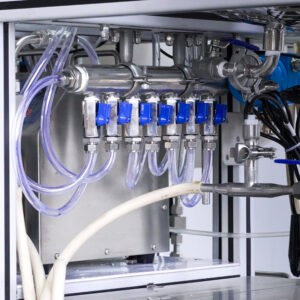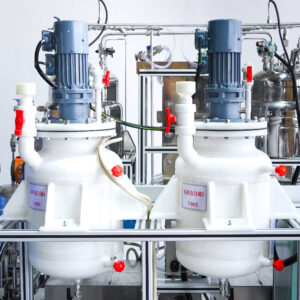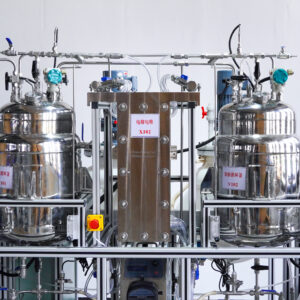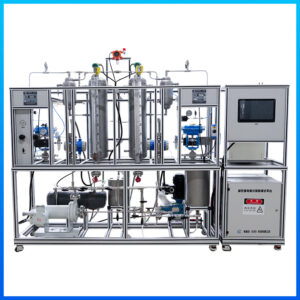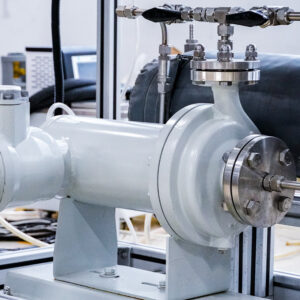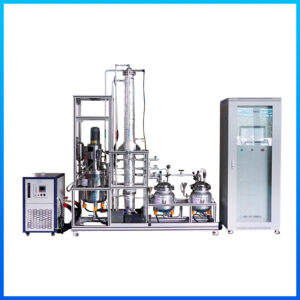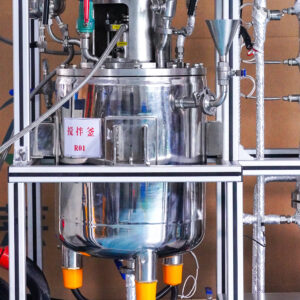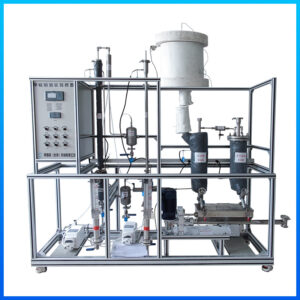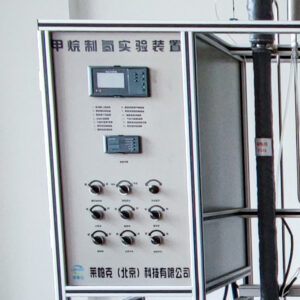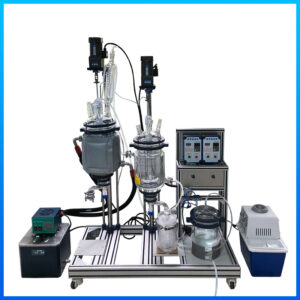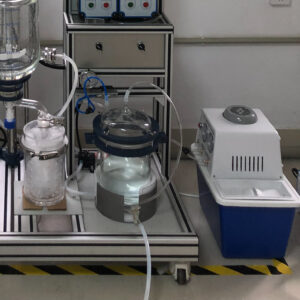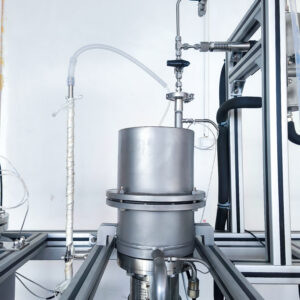Hydrogen Production and Storage Device by Water Electrolysis
This device primarily comprises a dosage system, electrolytic cell, power supply, electrolyte circulation system, and hydrogen storage system. It is a process that utilizes electrical energy to decompose water into hydrogen and oxygen, with the produced gas being pressurized and stored. It supports quantitative feeding of electrolytes in different proportions, quantitative replenishment of raw materials, and adopts an integrated design concept overall to achieve interlocked control of hydrogen production and storage.
♥ 1. Alkaline Water Electrolysis (AWE): In alkaline electrolyte, water molecules gain electrons at the cathode to generate hydrogen gas and hydroxide ions. The hydroxide ions then lose electrons at the anode to produce oxygen and water. This technology is mature, relatively low-cost, insensitive to impurities, uses inexpensive and easily accessible electrolytes, features a simple electrolytic cell structure, and has a long service life.
♥ 2. Proton Exchange Membrane Water Electrolysis (PEM): Utilizing a proton exchange membrane as the electrolyte, water is oxidized at the anode to generate oxygen and hydrogen ions (H⁺). These hydrogen ions migrate through the proton exchange membrane to the cathode, where they gain electrons to form hydrogen gas. It achieves an efficiency of 80%-90%, operates with high current density (enabling compact equipment size), responds rapidly to adapt to fluctuations in renewable energy generation, and produces high-purity hydrogen with low impurity content.
♥ 3. Solid Oxide Water Electrolysis (SOEC): Under high-temperature conditions, the solid oxide electrolyte conducts oxygen ions. Water gains electrons at the cathode and is reduced to hydrogen gas and oxygen ions (O²⁻). These oxygen ions migrate through the solid oxide electrolyte to the anode under the action of an electric field, where they lose electrons to form oxygen gas. Operating at high temperatures, it theoretically achieves over 90% efficiency, enables comprehensive utilization of waste heat, tolerates a certain level of CO₂ in the feed gas, and can be used to process mixed gases containing CO₂.
Product Inquire Now
"*" indicates required fields


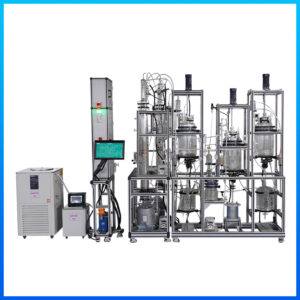
.png-600x600.jpg)
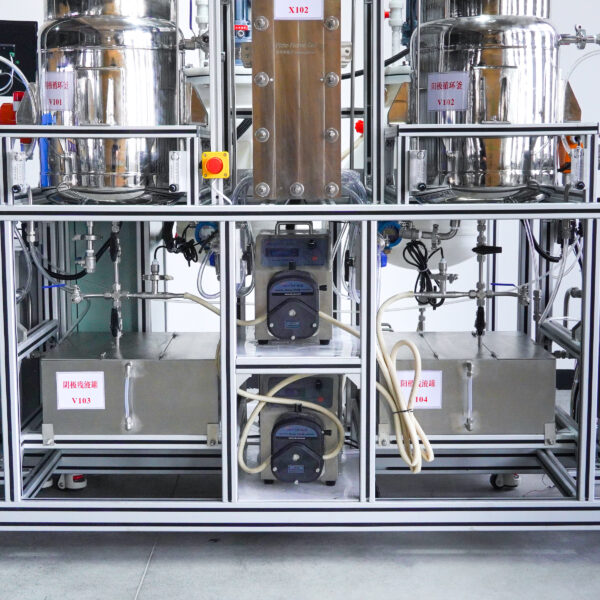
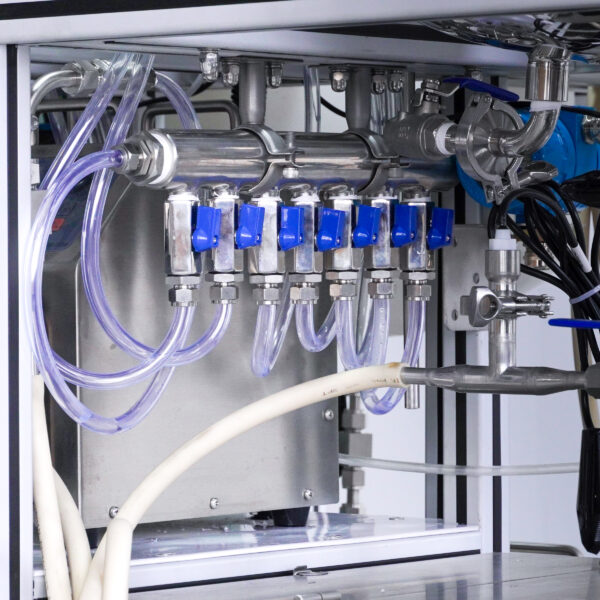
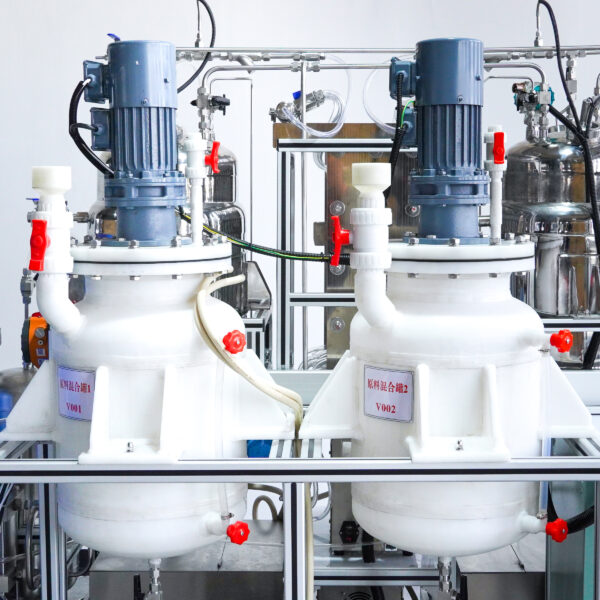
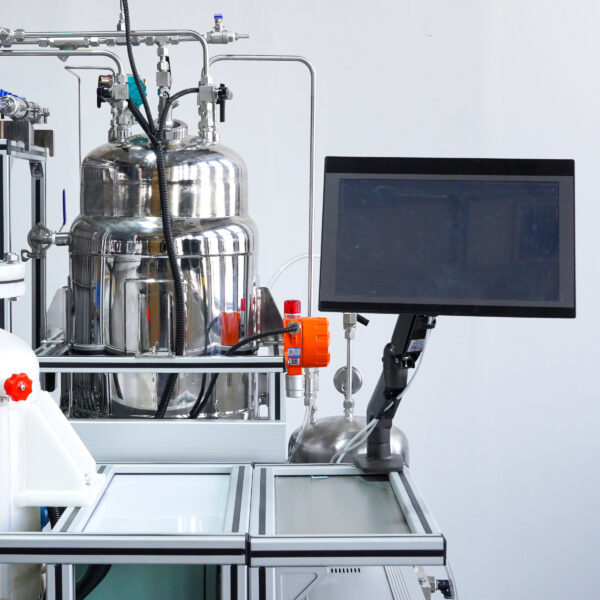
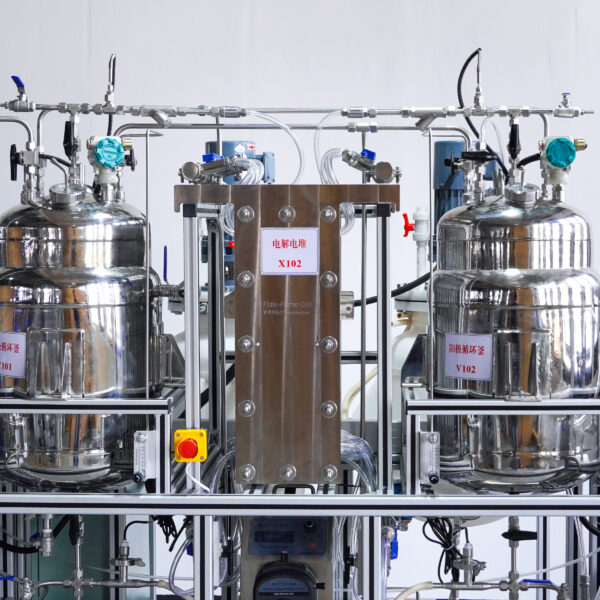
.png-300x300.jpg)
